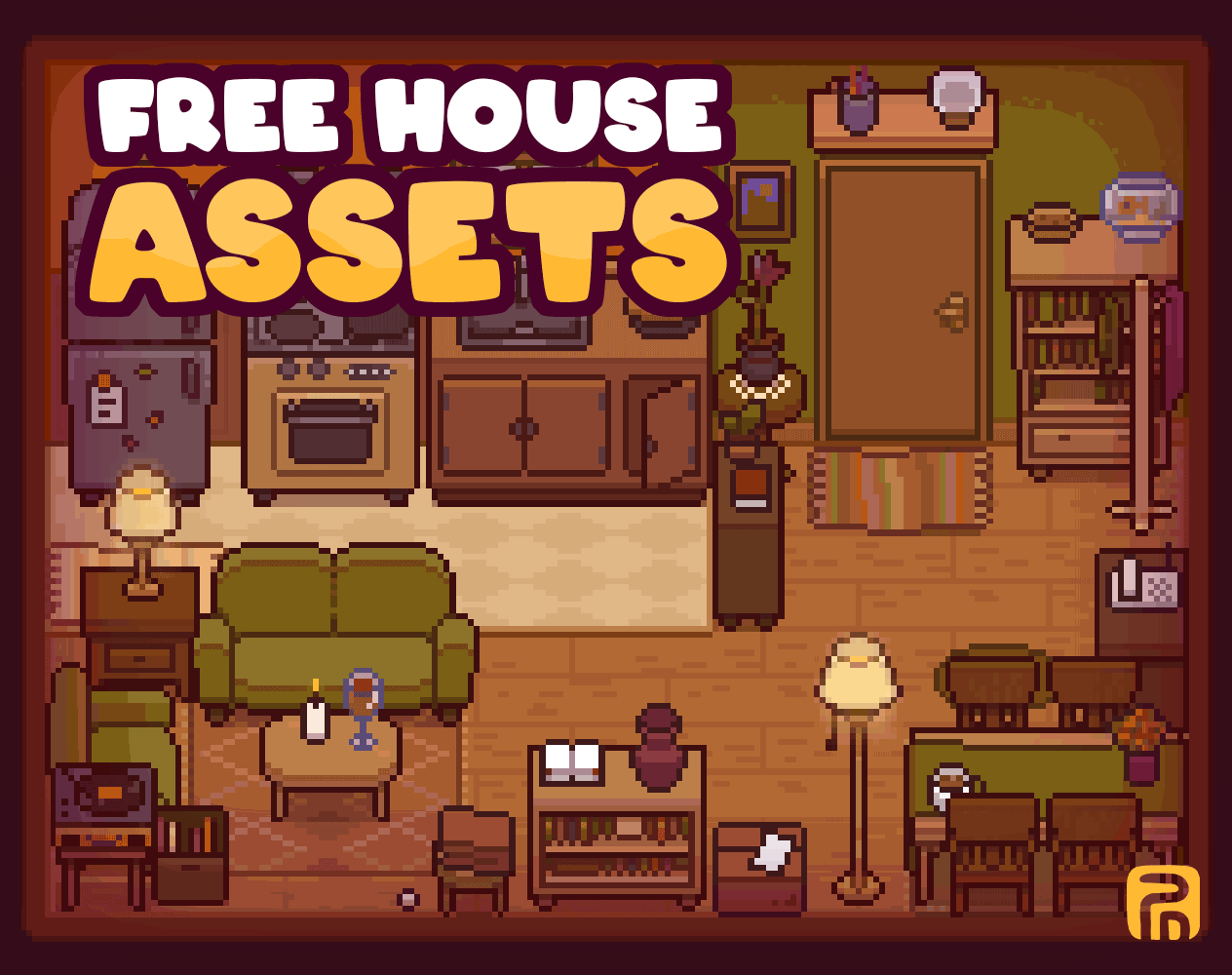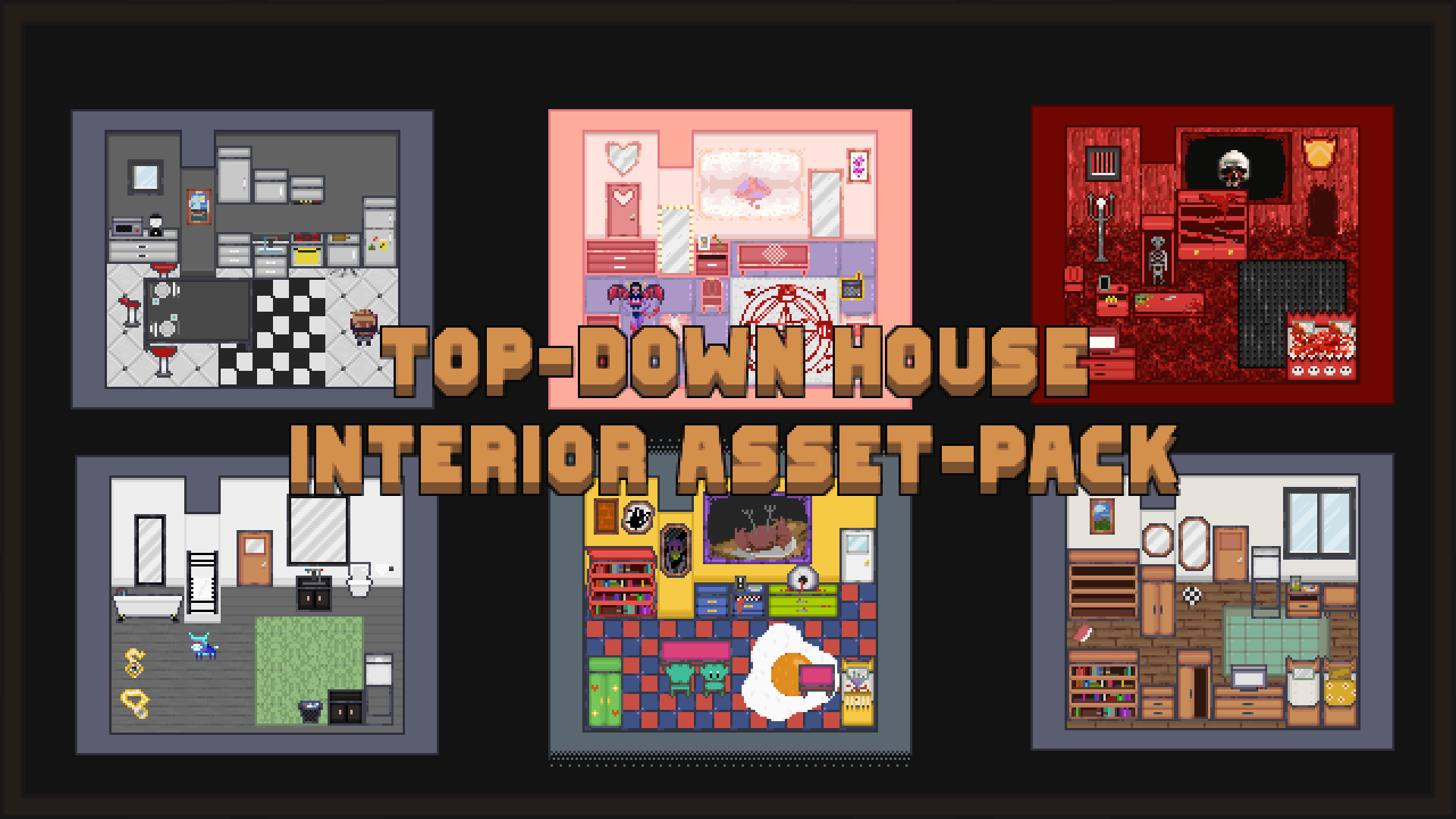Designing Your Dream house: A Top-Down Game Approach
Creating a house, whether in the real world or a game, is a complex and exciting project. A top-down game perspective offers a unique and engaging way to visualize and plan your dream home. This approach allows you to experiment with layouts, furniture placement, and overall aesthetics before committing to any real-world changes or in-game purchases. This article will guide you through the process of designing your ideal house using a top-down game-inspired methodology.
Understanding the Top-Down Perspective
The top-down, or bird’s-eye view, provides a clear and comprehensive look at the entire space. This perspective is commonly used in games like Sims or House Flipper and offers several advantages for home design:

Spatial Awareness: It allows you to easily grasp the relationships between different rooms and furniture pieces.
Planning Your House: The Blueprint Stage
Before diving into the specifics of each room, it’s crucial to create a basic blueprint. This stage is analogous to the initial level design in a game.
Defining Your Needs and Wants
Start by listing your essential requirements:

Number of bedrooms and bathrooms: Consider your family size and lifestyle.
Next, list your desired features:
Open Concept vs. Traditional Layout: Do you prefer a more open and flowing space or distinct, separate rooms?
Sketching the Layout
Using graph paper or a digital tool, start sketching the basic layout of your house. Consider the following:
Room Sizes and Proportions: Ensure that each room is adequately sized for its intended purpose.
Digital Tools and Resources
Several free and paid software options can help you create a digital blueprint:
Floorplanner: A user-friendly online tool for creating floor plans.
Designing Individual Rooms: Level Design
Once you have a basic blueprint, you can start designing individual rooms. This is like designing individual levels in a game.
The Living Room: The Heart of the Home
The living room is often the central gathering space. Consider:
Furniture Placement: Arrange furniture to encourage conversation and create a comfortable atmosphere.
The Kitchen: Functionality and Style
The kitchen should be both functional and aesthetically pleasing:
Work Triangle: Optimize the layout for efficient cooking.
The Bedrooms: Personal Sanctuaries
Bedrooms should be designed for relaxation and privacy:
Bed Placement: Position the bed as the focal point of the room.
The Bathrooms: Practical and Luxurious
Bathrooms should be both functional and stylish:
Layout: Optimize the layout for efficient use of space.
Adding Details: Texturing and Decorating
Once you have the basic layout and furniture placement, you can start adding details, similar to adding textures and decorations in a game.
Color Schemes
Choose a color palette that reflects your style and creates the desired mood.
Materials
Select materials for flooring, walls, and furniture that are both durable and aesthetically pleasing.
Decorations
Add personal touches with artwork, plants, and other decorative items.
Playtesting and Iteration: Refining Your Design
Just like in game development, it’s important to “playtest” your design. Walk through your virtual house (or imagine yourself doing so) and consider:
Traffic Flow: Is it easy to move from room to room?
Be prepared to iterate on your design based on your playtesting. This is an iterative process, and you may need to make several adjustments before you are completely satisfied.
Bringing Your Design to Life: From Game to Reality
If you’ve used this top-down game approach to design a real-world house, the next step is to work with architects and contractors to bring your vision to life. Your digital blueprints and 3D models will be invaluable tools in this process.
By using a top-down game perspective, you can create a house that is not only functional and aesthetically pleasing but also a true reflection of your personal style and needs. This approach allows you to experiment, iterate, and ultimately design the home of your dreams.
room top down game house
